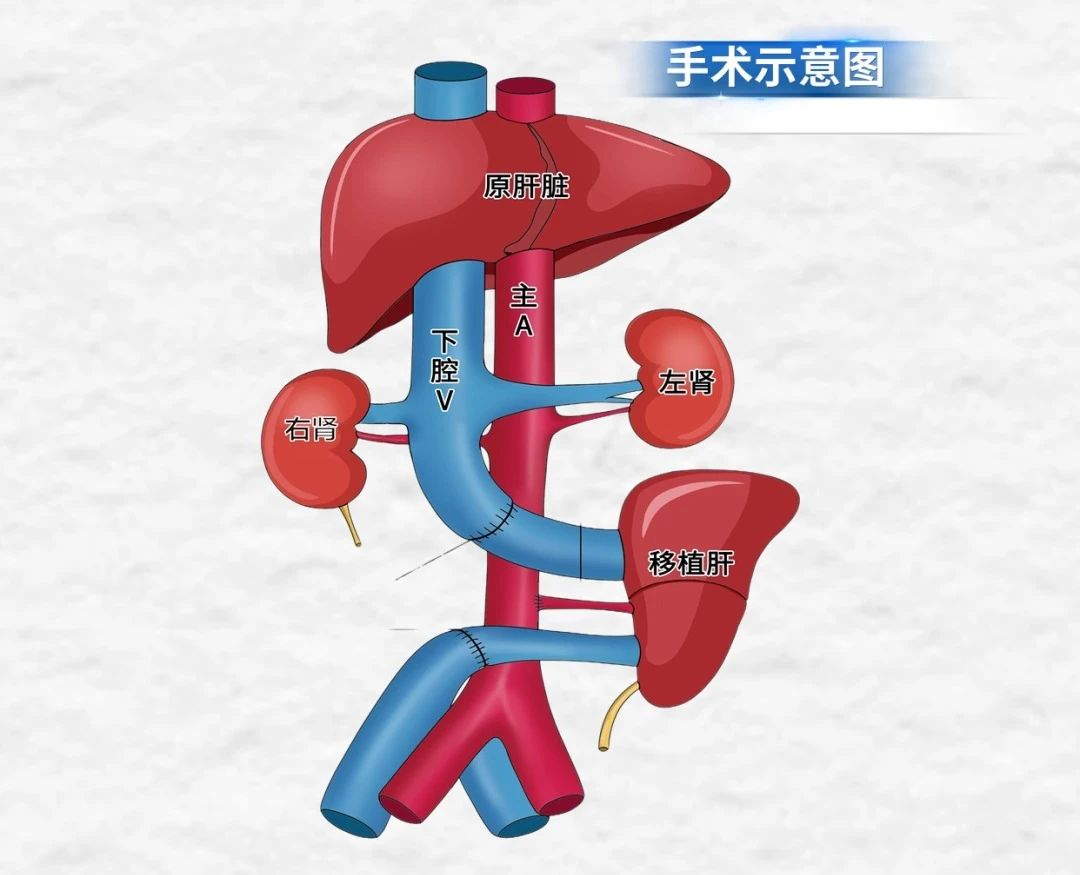
Source: Human Organ Donation in China, Biological World
On March 10, under the leadership of Dou Kefeng, academician of the Chinese Academy of Sciences, and Tao Kaishan, director of the Department of hepatobiliary Surgery of Xijing Hospital of the Air Force Military Medical University, a major breakthrough was made in clinical research on xenotransplantation: the whole liver of a polygene-edited pig was successfully transplanted into a brain-dead patient in an auxiliary way. During the operation, the transplanted liver immediately secreted bile after restoring blood flow, no hyperacute rejection was observed, and the work lasted for more than 96 hours. It is reported that there are no similar reports at home and abroad, which is the first case in the world.
The study explored the feasibility of "gene-edited pig-human" liver xenotransplantation for the first time, and made original breakthroughs in scientific theory innovation, core technology research, and military medical applications, which will play an irreplaceable role in treatment and repair, functional reconstruction, transplantation and replacement, especially in the transplantation of important organs.
The amount of organs donated by humans falls far short of what patients need
China has nearly 400 million patients with liver disease, more than 7 million patients with cirrhosis, at the same time, new 300,000 to 500,000 patients with liver failure every year. Liver transplantation is the only effective treatment for liver failure. In reality, many people die because they cannot wait for a human liver donor. Xenotransplantation is not limited by the number of donor liver, which can benefit more patients with end-stage liver disease and may completely replace homologous liver transplantation in the future.
From 2021 to 2023, the basic and clinical research of xenotransplantation has made great progress, and the United States has successively carried out 4 cases of gene edited pig-brain death recipient kidney transplantation, 1 case of gene edited pig-brain death recipient heart transplantation, and 2 cases of gene edited pig-human heart transplantation. This series of medical breakthroughs has aroused wide attention. The "xenotransplantation with gene-edited pigs as donors" has become a new hope to alleviate the "transplant organ shortage", which has greatly encouraged scientific researchers.
At present, the international research on xenograft liver transplantation is still in the stage of "using baboons, macaques and other animals as transplant recipients". According to Academician Dou Kefeng, compared with kidney and heart, liver involves synthesis, decomposition, coagulation, detoxification and immunity and other functions, anatomical structure and physiological functions are more complex, therefore, gene edited pig liver can not completely replace human liver function, xenogeneic liver transplantation technology difficulty and scientific significance is greater. How to promote xenotransplantation to clinical practice is a difficult scientific problem that scholars in the field pay close attention to.
Xenograft liver transplantation to clinical Xijing team to give the Chinese program
In this study, the family of the transplant recipient, a brain-dead patient following a severe closed craniocerebral injury, agreed to participate in the scientific research of xenotransplantation at no cost to contribute to the advancement of human medicine. The donor pigs came from ChengduZhong Keoger Biotechnology Co., LTD. The donor pigs had blood type O, weighed 23 kg (their organ size is more similar to that of humans), and underwent six gene editing procedures, including knocking out three pig antigens that cause "hyperacute rejection and acute humoral rejection" (knocking out three pig genes: GTKO, CMAH and B4GALNT2); Two "human complement regulatory proteins" (two human genes: hCD46 and hCD55) and one "human coagulation regulatory protein" (one human gene: hTBM) were transferred.
The research plan was reviewed by the academic committee, the Ethics Committee, the organ transplant Committee and the Animal Committee. After nine hours of surgery, the transplanted pig liver was red in color and good in texture after the open blood flow, and golden bile could be seen flowing out, indicating that the pig liver played a physiological function in the human body. 24 hours after operation, the hemodynamics of the recipient were stable, the bile secretion of the transplanted liver was good, the blood supply of the transplanted liver was good, and the biopsy pathology of the transplanted liver showed no rejection. The transplanted gene-edited pig liver was in good condition in terms of bile, blood supply and pathological results, and the surgical effect exceeded the team's expectation.

Academician Dou Kefeng introduced: This is the first time for the medical community to implant gene-edited pig liver into the human body, within 96 hours of the current observation, the transplanted gene-edited pig liver can play physiological functions in the human body and secrete bile normally, indicating that it is possible to replace the human liver. The smooth development of this study is a major breakthrough in the field of xenotransplantation, and also a key step in the advancement of xenotransplantation to the clinic, providing theoretical basis and data support for the next clinical application.